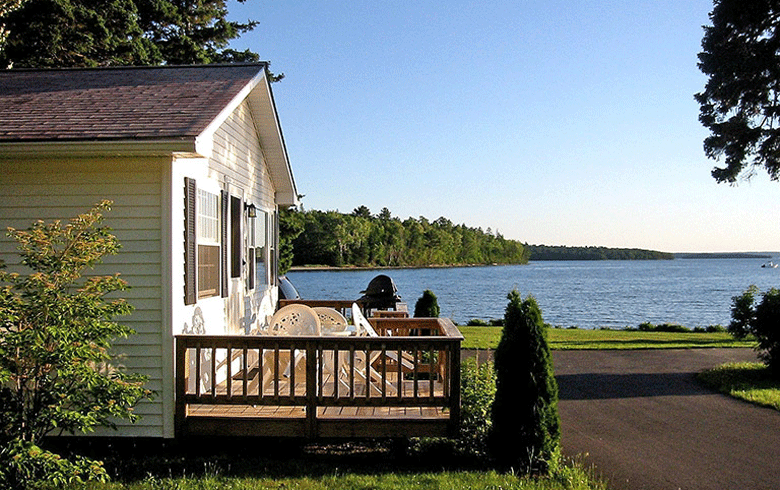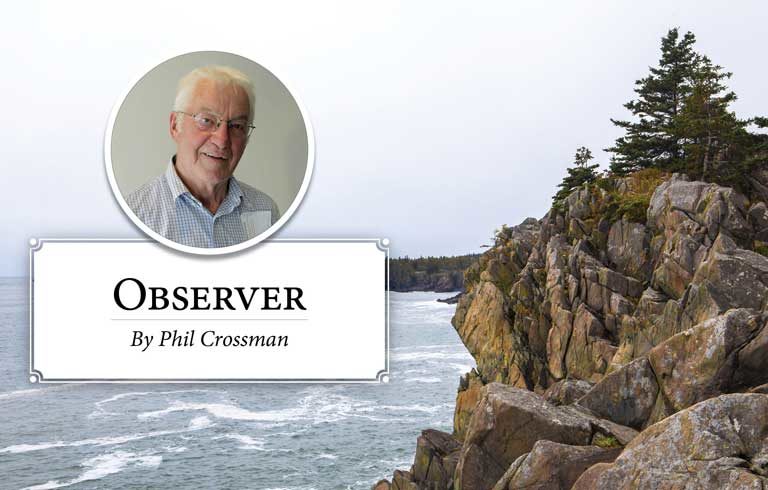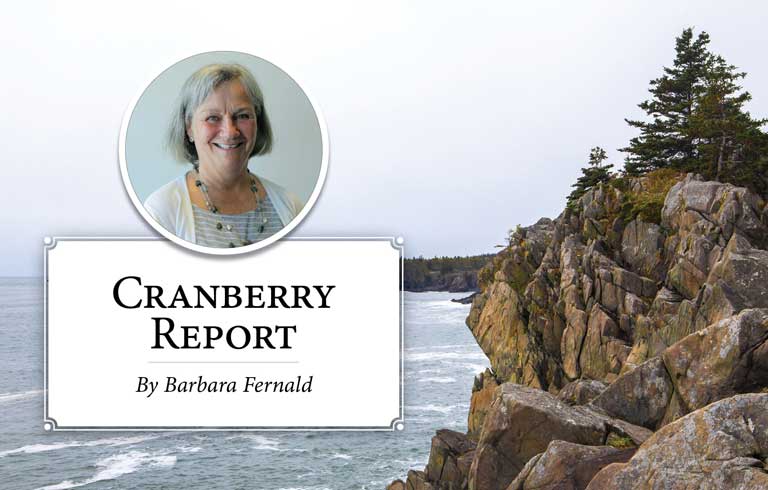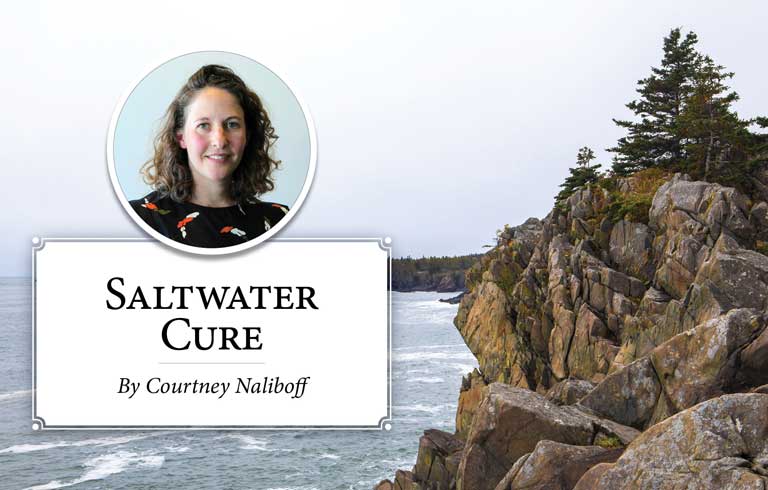In a referendum on Nov. 2, a strong majority of Bar Harbor voters chose to cap the number of vacation units at 9 percent of the town’s total number of housing units.
The 1,260-840 vote on Amendment 4 to the town’s land use ordinance came despite concerns from some owners of vacation rental units about a provision that would prevent the transfer of the units between generations.
But a spike in the units has generated concern from many residents who, in past municipal meetings, have cited a revolving door of neighbors, neighborhoods that go dark in off-season, and a decline in affordable housing due to the conversion of year-round housing to vacation rentals.
By 2020, 16.4 percent of the town’s 2,795 housing units were used as vacation rentals.
There was a 13-year period of growth in the trend between 2006 and 2019. By 2020, 16.4 percent of the town’s 2,795 housing units were used as vacation rentals. And there were 60 pending applications for such properties.
By the time of the Nov. 2 vote, Bar Harbor had 631 registered vacation rentals and 100 pending registrations.
To tackle the spike, the amendment created two new designations—VR-1 and VR-2.
VR-1 is a rental in which a Bar Harbor resident rents out a room or apartment in the house that is their permanent residence, or a detached unit on the same lot, or the resident leaves their house for some portion of the summer (for example, moving to a campground or family camp) and rents out the whole house to visitors.
VR-1 requires a minimum rental period of two nights but the amendment doesn’t cap the number of VR-1 units. Because there’s no cap, the question of transferability doesn’t apply—the unit owner can get a registration anytime as long as it’s their primary residence.
The cap and the non-transferability provision apply to the VR-2 designation, which refers to a whole-house rental in the case where the property is owned by a non-Bar Harbor resident, or a Bar Harbor resident who does not use the property in question as their primary residence.
VR-2 requires a minimum rental period of four nights and transferability is prohibited.
“Presently, the transferability matter is immaterial because there is no cap,” said the town’s planning director, Michele Gagnon. “So when property transfers, the new owner just applies and can secure a registration under their name.”
The amendment doesn’t regulate rentals of over 30 days.
In 2020, the town had as many as 351 dwelling units that would be considered VR-2 under the new regulations, Gagnon said. That number includes units associated with owners who don’t have a Bar Harbor address in the assessor’s database, and units belonging to owners who do have Bar Harbor addresses but which may be second homes or investment properties.
The 351 VR-2 units represent 12.5 percent of all dwelling units.
Following a series of joint workshops, the town council and planning board arrived at 9 percent as an appropriate cap.
“The 9 percent number is seen as not being too low (which would keep the goal from being achievable) but not being too high (which would perpetuate the current conditions),” said Gagnon.
Going from 12.5 percent to 9 percent could happen through the expiration of current registrations and construction of new year-round units, she said.
“Once we are under the 9 percent cap, then new registrations would be issued, using a wait-list system,” she said.
At various hearings prior to the vote, some vacation-rental owners said the non-transferability provision would reduce the value of their investment. One said that because a number of vacation rentals are owned by limited liability corporations, which can be registered anonymously and which provide for business continuation agreements, it will be difficult to monitor transfers. Others said the amendment doesn’t address the affordable housing shortage and hurts Bar Harbor residents who earn money through rentals.





